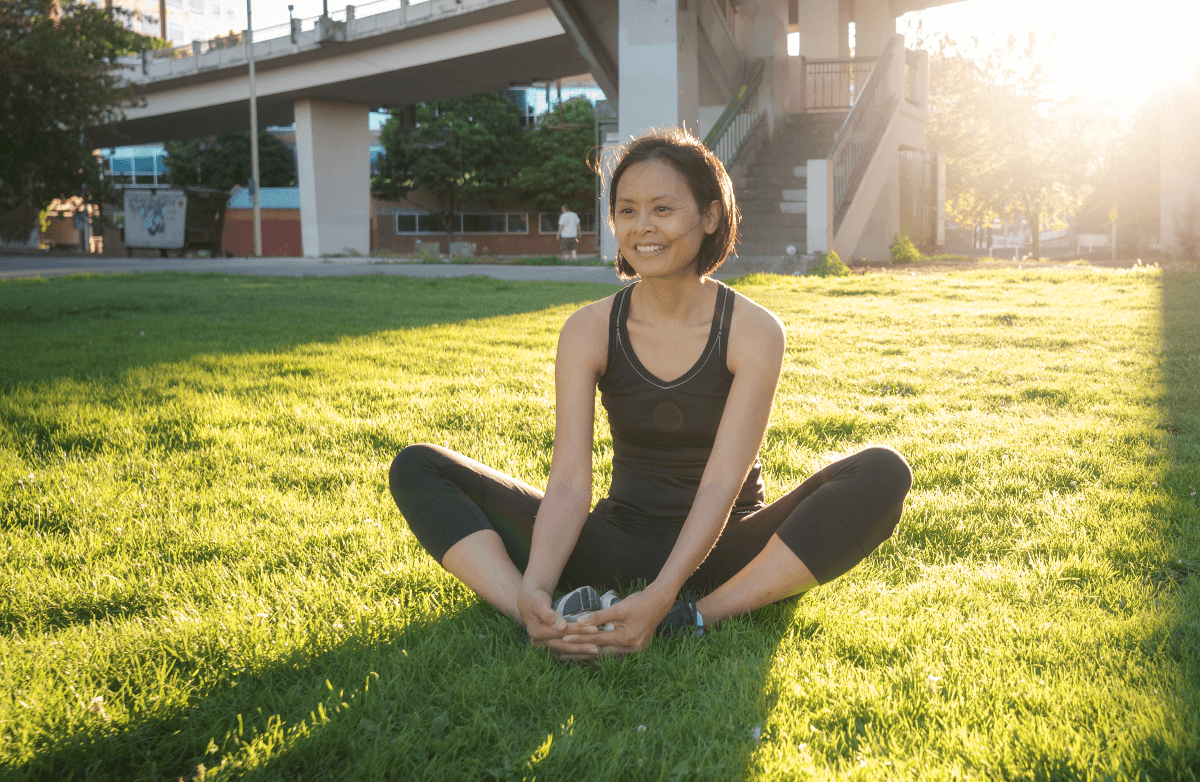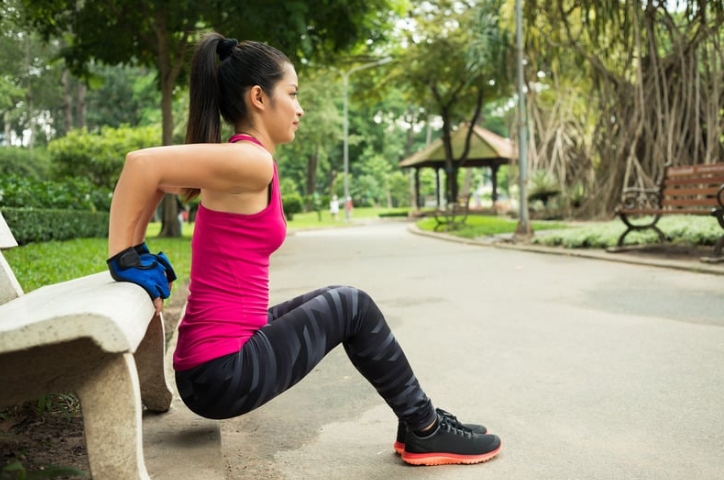Swimming utilizes many different muscle groups as your body pushes against the resistance of the water. The shoulders and upper back help your
If you're new to swimming, enroll in adult lessons at your local pool or gym to master the various stroke techniques. Beginners may also start swimming with a
Just like any other workout, make sure that you gradually warm up, stretch and cool down during each session. You don't have to swim fast for every lap. Instead, try changing your speed or stroke for added variety, swimming a few gentler laps to recover, and then speeding up again.
If you've avoided the pool since those childhood lessons, these stroke basics will help you dive in again with confidence:
Stroke Style
Freestyle Stroke
Also know as the crawl, this is one of the most common strokes. Lying face-down in the water with your legs fully extended, propel forward with fast "flutter" kicks. Alternately bring one arm from the side of your body, out and over the water in front of you, and then back down into the water, pushing your hand down toward your feet. Keep your face in the water except to take breaths on one side by turning your head to the side as your arm comes out of the water.
Backstroke
As the name implies, you are lying on your back during this stroke with your head resting above the water, looking up towards the ceiling. Like the freestyle, alternate fast kicks with a slight bend in the knees, but move your arms like a windmill, entering the water above your head, in line with your shoulder. Since you won’t be able to see where you are going, use the lane markers on each side of you so that you know where you are in the pool. Never perform this stroke in a crowded lane where you are likely to run into other people.
Breaststroke
Although this is a slower stroke, it's still a great workout. Lying face-down, keep your body level at the surface. Think of how a frog jumps as you bend your knees toward your body, and then push them back out, straightening your legs. Begin with your arms in front of you, under the water, and then bring both hands out and around toward the body, making a circle under the water, and repeat. To breathe, lift your head out of the water as you pull your arms in. Pull your legs and arms in at the same time.
Equipment
If you plan to swim regularly, you'll need some basic equipment for safety and comfort:
- Well-fitting goggles will keep chlorine out of your eyes, decreasing irritation while allowing you to watch where you're going to avoid both people and walls.
- A swim cap will keep your hair out of your face so you can focus on your workout, not your hairstyle.
- A supportive bathing suit is essential to swimming. The last thing you want to worry about is an ill-fitting suit that rides up and interrupts your workout.
- A water bottle will remind you to drink before, during and after your workout. Yes, you can get dehydrated in the pool!
Water is calming and a great way to round out your fitness program. You can avoid the loud banging of weights and the noise of the treadmills in your own oasis.



.jpg)
.jpg)







